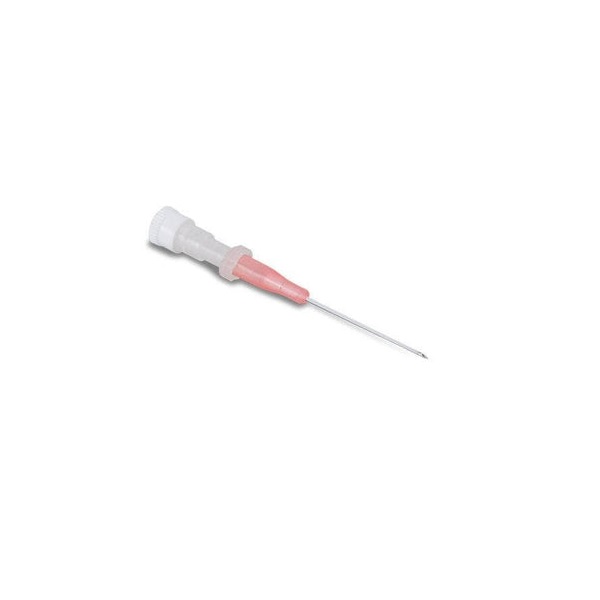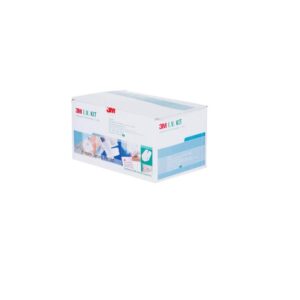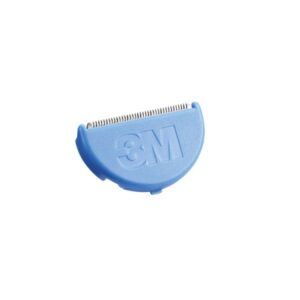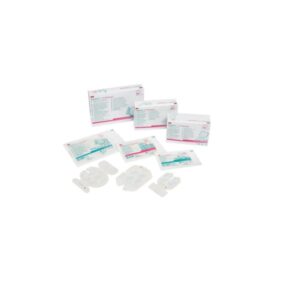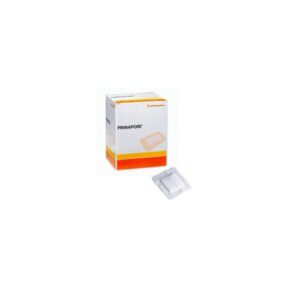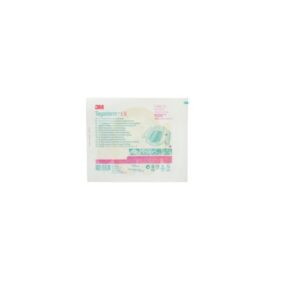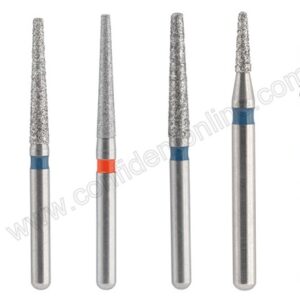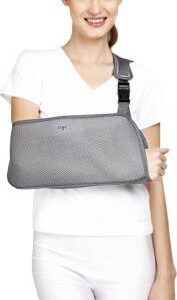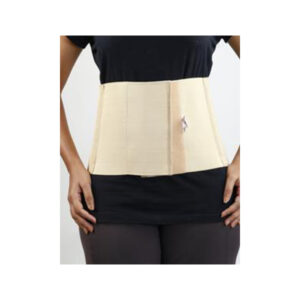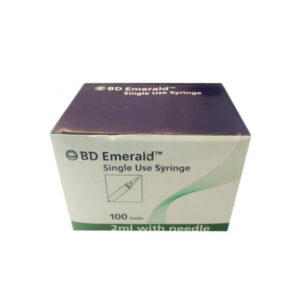Kitkath+ IV Cannula without Injection Port
MPIN: MP84945
Sign in to view priceSize:14Gto24G
Boxof100
ContainsRadiodetectableFEP
2WayIVCannula
Ask for Quote
– The KitKath+ is an IV Cannula without injection port and with radio detectable FEP (Fluroethylene Propylene)
– This IV cannula is a 2 way IV cannula with a low pressure injection valve which facilitates the infusion of extra medication
– The valve is protected with easy to open Injection Port Cap
– The KitKath+ IV cannulas offers safe and convenient method of atraumatic administration of medicines
– With the use of this IV cannula; medicine can be injected by a syringe without needle thereby reducing chances of infection and preventing needle stick injuries
– The IV cannulas are equipped with angled and grooved wings which ensure easy fixation to the patients body
– The needle of this IV cannula is siliconised, bevelled, back cut ground stainless steel needle. It allows for smooth and painless venepuncture
– The IV Cannula has full collar needle hub to prevent any destabilisation and bending of the needle during insertion
– A Thumb rest is also provided in the cannula for proper grip during insertion
– This IV cannula features a needle cover to protect the needle and catheter from contamination
– The cover also prevents accidental damage to the catheter and needle
– These IV cannulas are available in 14/16/18/20/22/24 gauge
– The IV cannula is sterile and is meant for single use only
– They come in a standard packing of 100 units per box
– Intravenous (IV) cannulation is a process in which a cannula is placed inside a vein to provide access for multiple actions such as blood sampling, administration of fluids, medication, parenteral nutrition, chemotherapy for cancer drugs and various other blood products. Complications such as hematoma, infiltration, embolism and phlebitis may occur during cannulation and healthcare providers should take precautions for the same.
– A needle is inserted through the skin of the patient into one of the veins. The needle is later removed, leaving just a tiny, thin, flexible tube inside your vein. The IV cannula is safely taped into place with the use of medical tapes. The IV cannula should not hurt when it is in place, and can be left in place for several days.
– IV cannulas are available in different gauge sizes and in general the smallest gauge should be used to effectively administer the fluid. This ensures that there is limited trauma to the vein. In case of emergencies, the larger sizes can be used for greater flow rates can be maintained for required fluids. The 2 way IV cannulas and 3 way IV cannulas are available with or without injection ports
– IV cannulas are used to perform the following functions:
– Regular blood sampling
– Monitoring and administration of intra venous fluids
– Administration of chemotherapy drugs through the IV route
– Channel for IV nutrition and IV control of radiologic agents such as those used in magnetic resonance imaging (MRI)
– CT scans (computed tomography) and nuclear imaging
– The cannula will be removed after your treatment ends. It is recommended to replace the cannula if it is not working properly. It should be replaced routinely if still in use every 72 hours.
Shipping Policy
Orders made at Medpick are initiated and processed for shipment upon receipt of request from the customer. Please note that our Shipping Services (Fee, Transportation, Loss or Damage of any shipment, etc.) are in accordance with the Seller\'s terms of Shipment.
Refund Policy
Please refer to Medpick Return Policy.
Cancellation / Return / Exchange Policy
Please refer to Medpick Return Policy.
 REGISTER
REGISTER
 SIGN IN
SIGN IN

